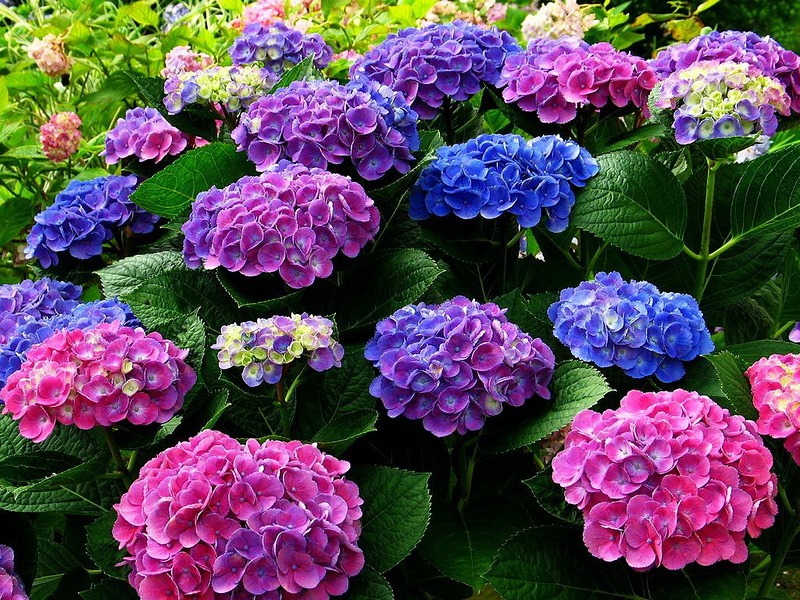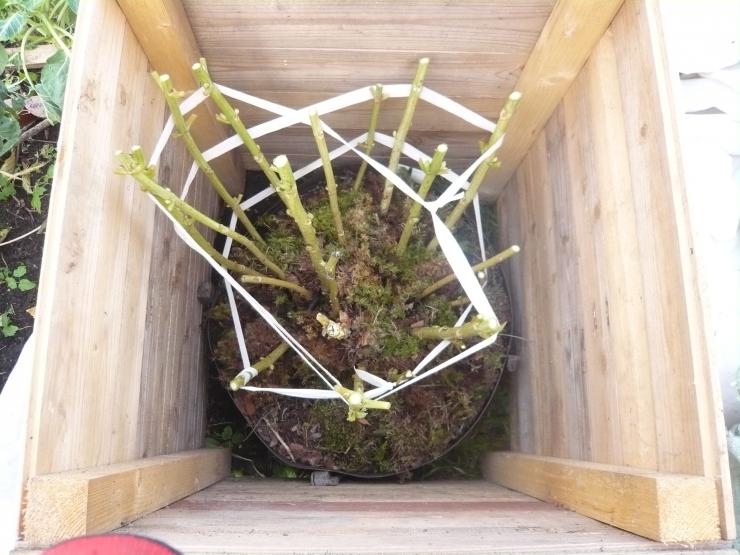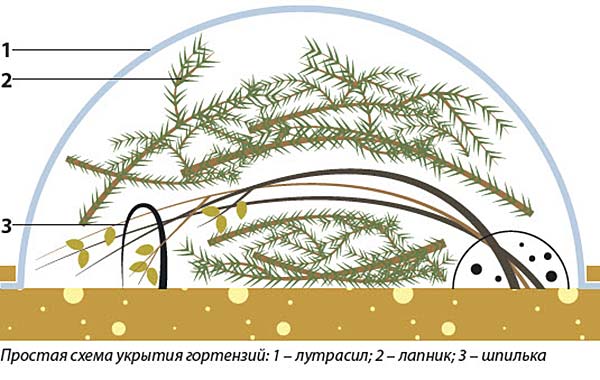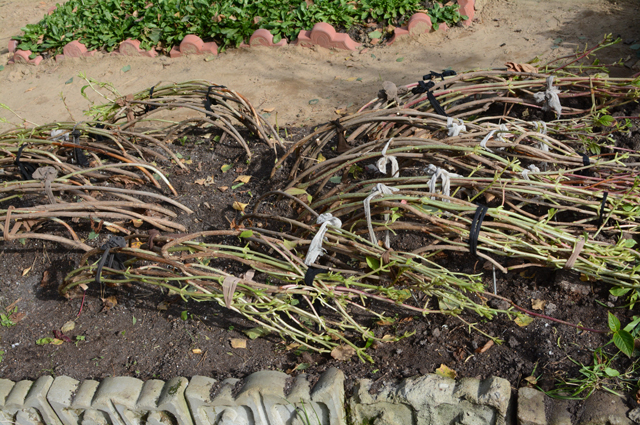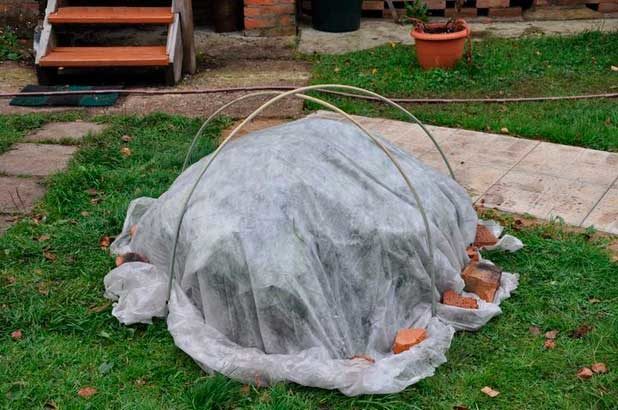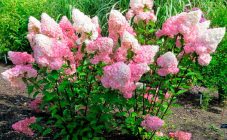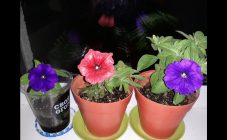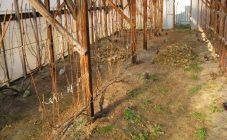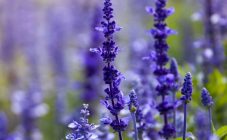Content:
Shelter of hydrangea is an obligatory part of the program for preparing the plant for a long winter. To understand how to cover a hydrangea for the winter, and what is the meaning of this action, it is recommended that you familiarize yourself with the agrotechnical features of the development and flowering of the plant. The fact is that future buds develop from flower buds laid at the end of summer at the ends of the shoots. If they freeze, lush flowering from hydrangea can not be expected.
Preparation for wintering
For this reason, the plant should be carefully prepared for winter conditions:
- Pruning. To create the necessary conditions for beautiful flowering in the summer, it is necessary to prune the bush. Before the onset of autumn frosts, all leaves are cut from the bushes to prevent possible decay of foliage under a protective winter shelter. After pruning, it is recommended to leave only flower buds at the ends of the branches, covered with a couple of leaves.
- Tying shoots. After trimming the foliage, the shoots are tied together in small bunches that will be easy to bend. For flexibility, only 3-4 branches are connected and tied with an elastic tie that does not injure the plant.
- Securing shoots. The collected branches of the bush must be bent to the ground itself. Some varieties bend easily, and strongly lignified, rigid shoots bend down gradually, in several stages. The bent shoots are fixed with metal hooks, which can be purchased at garden supply stores or made independently from used welding electrodes. The hook is pushed under the string and fixed tightly in the ground.
After the hydrangea bushes are laid, they cover it with non-woven material until the start of severe frosts. This coverage is sufficient for autumn weather. On the eve of severe frosts, the fabric is removed and the plants are covered with dry light earth or peat.
After that, metal or plastic arcs are installed over the plant, this entire frame structure is covered with a covering material made of non-woven fabric, and covered with a dense pvc film on top. In order to exclude the appearance of condensation in the protective cover, the ends of the film are left open. In such a cozy "cocoon", hydrangeas will winter and calmly wait out the most severe frosts.
Hydrangea shelter technology
To determine how to cover a hydrangea for the winter, you need to know the type of plant growing in the flower garden. There are about 70 varieties and varieties of this beautiful plant. How to insulate a flower for the winter can be found in the description of the winter preparation of the most popular types.
Large-leaved hydrangea
Preparations begin in the autumn: growers cut off the lower tier of leaves and stop active watering.As a result of such agrotechnical methods, young shoots begin to lignify. The rest of the leaves are removed from the plant, leaving the topmost leaves to protect the flower buds.
Covering large-leaved hydrangea is done in several ways:
- Traditional. It consists in bending the connected stems to the ground, warming with dry leaves and covering with a protective film with holes.
- Covering with spruce branches. Spruce branches are laid around the hydrangea bush and covered with a thick layer of dry leaves. The branches of the plant are laid in a circle on top of the leaves, after which their layer-by-layer warming begins: spruce spruce branches, a protective pvc or lutrasil film, sawdust and again a layer of spruce branches. Roofing material or pvc film is stretched over the entire protective "cake" from above.
- Protective frame. The hydrangea bush is tightly wrapped with burlap, then a mesh frame is made around it. The empty space between the plant and the mesh is filled with dry foliage, then the entire structure is covered from above and sides with roofing felt or other waterproof material.
The protective shelter of large-leaved hydrangea in different regions can be created in other ways, the main thing is that the plant does not freeze out in winter and during the flowering period pleases with the wonderful flowering of its pink and blue buds.
Panicle hydrangea
Another variety of this beautiful flower is the panicle hydrangea, which, during the flowering period, is covered with numerous inflorescences in the form of large balls, 25 to 30 cm in diameter, pink, white, cream shades. This flower is considered an unpretentious plant and is recommended for growing to all novice flower growers who decide to grow it in their flower garden. Due to the fact that flower buds are formed on the shoots of the current year, the plant is usually not covered for the winter.
Covering is done in the following way:
- A small layer of rotted manure must be spread around the bush. Manure can be replaced with peat or fallen leaves. In this case, the layer thickness increases to 20 cm.
- In the event that there are concerns about the frost resistance of the branches, a snow protective frame can be built around the bush to trap snow that can break the branches of hydrangea.
The panicle hydrangea does not need other additional shelters, but, as always, the florist himself takes the method of preserving the plant in winter.
Should I cover the hydrangea in the fall
There is no consensus on the appropriateness of the autumn shelter of hydrangea bushes. Some growers believe that only winter shelter is important, others begin to wrap the flower in the fall. Each such statement, and even based on our own experience, has its own grain of truth. Therefore, for the final decision to create an autumn shelter or not, the following factors are important:
- Features of the growing region.
- Climatic conditions of the area.
- A varietal variety of hydrangea that grows in the garden.
- Soil moisture.
Little attention is paid to the last factor, this little thing is often forgotten during the preparation for winter rest.
Adjustment of autumn watering is done:
- In case of autumn drought. If there has been no rain for a long time, and the soil around the hydrangea is dry, the plant must be watered abundantly. The volume of irrigation water is adjusted by the outside temperature reading. When the night temperature drops below +5 or + 7 degrees, watering is reduced, at a temperature of 0 degrees, the plant stops watering.
- Lingering rains.In this case, the bush suffers from waterlogging, and in the event of a sharp rise in negative temperatures, the rhizome of the plant may freeze out. To prevent this from happening, a kind of hut made of pvc film or lutrasil is being built over the root of the hydrangea.
Therefore, each gardener must decide the issue of the autumn shelter of hydrangea independently, taking into account specific factors in each case.
Shelter hydrangea by region
In order to admire the flowering of a beautiful hydrangea in the summer, it is necessary to provide a comfortable wintering for this thermophilic beauty. At the same time, it is important to know not only the nuances of the shelter of various plant species, but also the peculiarities of the climate in the growing region.
Each locality has its own terms for the beginning of "wrapping" hydrangea:
- In central Russia and the Moscow region, insulation work begins in the second half of October.
- In Siberia, the Urals and the North-West region - early October.
- Southern regions - no insulation work is required.
The given dates are approximate, more precisely the time is tied to specific weather conditions. It is clear that in the event of the onset of zero night temperatures, an urgent need to start protective work.
Preparing hydrangeas for winter in the Moscow region
In the Moscow region, long autumn is usually rainy, although September is still warm and sunny. Hydrangea plants from the first half of September to the first ten days of October stop the growing season, and they can begin to prepare for wintering. It is these terms that should be guided by novice amateur flower growers who ask the question: how to cover a large-leaved hydrangea for the winter in the Moscow region.
A favorite beauty, large-leaved hydrangea, begins to prepare for wintering before the onset of the first frost. For this purpose, they use the traditional method of sheltering along arcs covered with agrofibre or other non-woven material. To prevent the branches from breaking in the process of bending, they are bent gradually over the course of 7 to 10 days. It is good if they lie on a substrate made of spruce branches, plywood or boards.
The winter shelter of large-leaved hydrangea for the winter in the Moscow region has a number of features:
- The branches of the bush are bent as much as possible to the ground and covered with a non-woven cloth, the ends are carefully slipped under the frame arcs.
- Mandatory laying of the substrate.
- The top covering of the protective cap is made in several layers of covering fabric.
A waterproof PVC film is applied over the covering material. Many hydrangea varieties of flower growers in the Moscow region are grown in large pots and in winter they are transferred to cool indoor spaces.
Wintering hydrangea in the Urals
In the regions of the Urals and Siberia, the most common are tree and panicle varieties of hydrangea. These varieties are adapted for growing in difficult climatic conditions, when the winter temperature reaches -40 degrees, and the plants are constantly blown by cold winds. For this reason, the hydrangea must be carefully covered for the winter. The most effective way to insulate a plant is considered to be the way of bending the branches with the creation of a subsequent reliable shelter. You can modify this method and additionally wrap the associated shoots with spunbond nonwoven fabric.
Already at the preparatory stage, its own characteristics appear:
- All leaves on the plant are removed, leaving only the top two leaves.
- The bushes are covered with a waterproof film that will protect them from excess rain moisture.
- Old flower buds are not cut off as they also protect the flower buds.
- Thinning of the bush is carried out and excess shoots are cut off.
- Loosening of the near-trunk soil.
The bush in the middle is sprinkled with a mixture of compost with the addition of peat and dry foliage.
Hydrangea wintering in the Leningrad region
In the Leningrad region in winter, the snow cover reaches a significant height, reliably sheltering the plant from winter frosts. Plants covered with snow are able to "survive" wintering without any problems. The stems of the bush, protruding above the snow blanket, may freeze slightly, then in the spring it is necessary to prune them in the spring. Subsequently, the shoots will be overgrown with foliage and flower buds.
Useful tips for warming hydrangeas
Before winterizing hydrangeas for wintering, it is important to create suitable conditions in the flower garden:
- According to experienced florists, hydrangea flower culture grows well in shaded areas and on slightly acidic soils. Before wintering, the top layer of soil of the trunk circle is replaced with a mixture of top peat with humus from foliage. It is even better to use fallen spruce needles for insulation.
- The application of potash and phosphorus fertilizers favors successful wintering. Such feeding contributes to the accumulation of nutrients that will help to survive the winter rest.
- Timely and correct pruning of faded buds.
Young specimens of hydrangeas, regardless of the variety, necessarily need additional insulation.
The choice of hydrangea insulation depends on the climatic conditions and the type of flower culture. If this choice is correct, then the flower grower will be rewarded for his work with the flowering of this truly magical flower.
